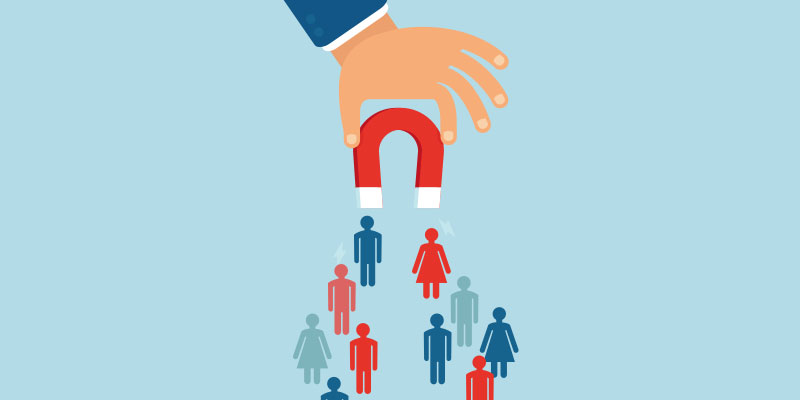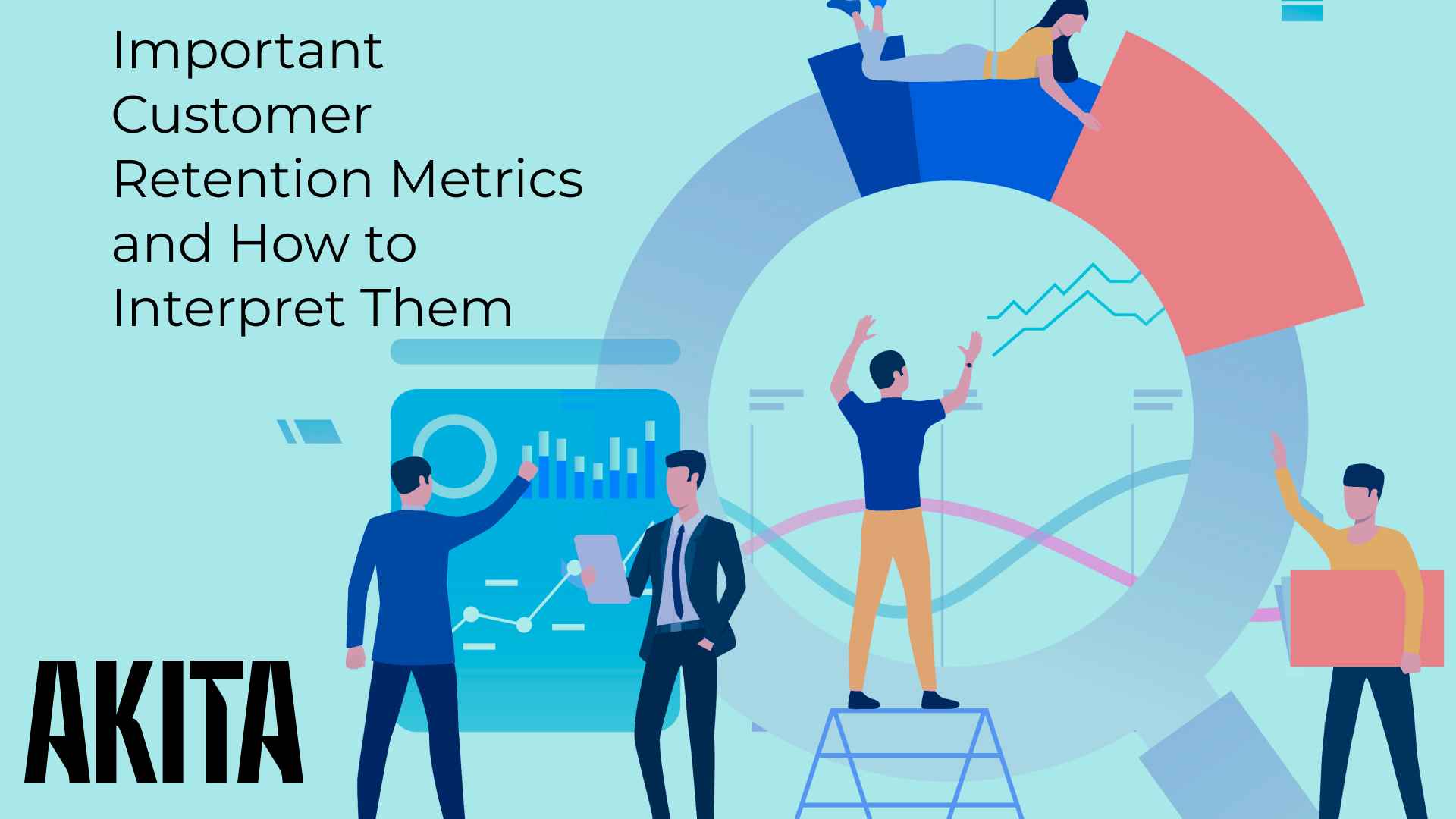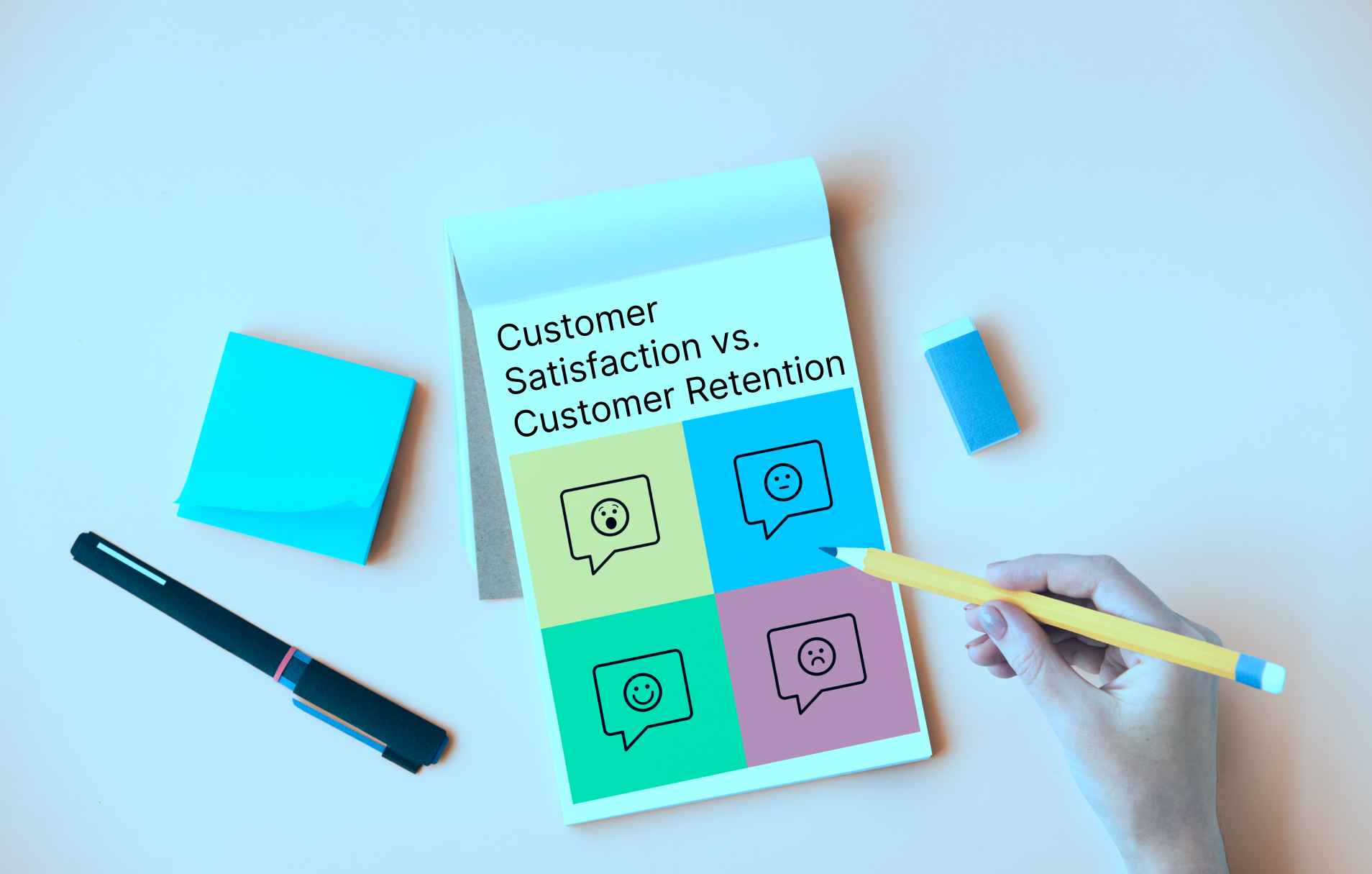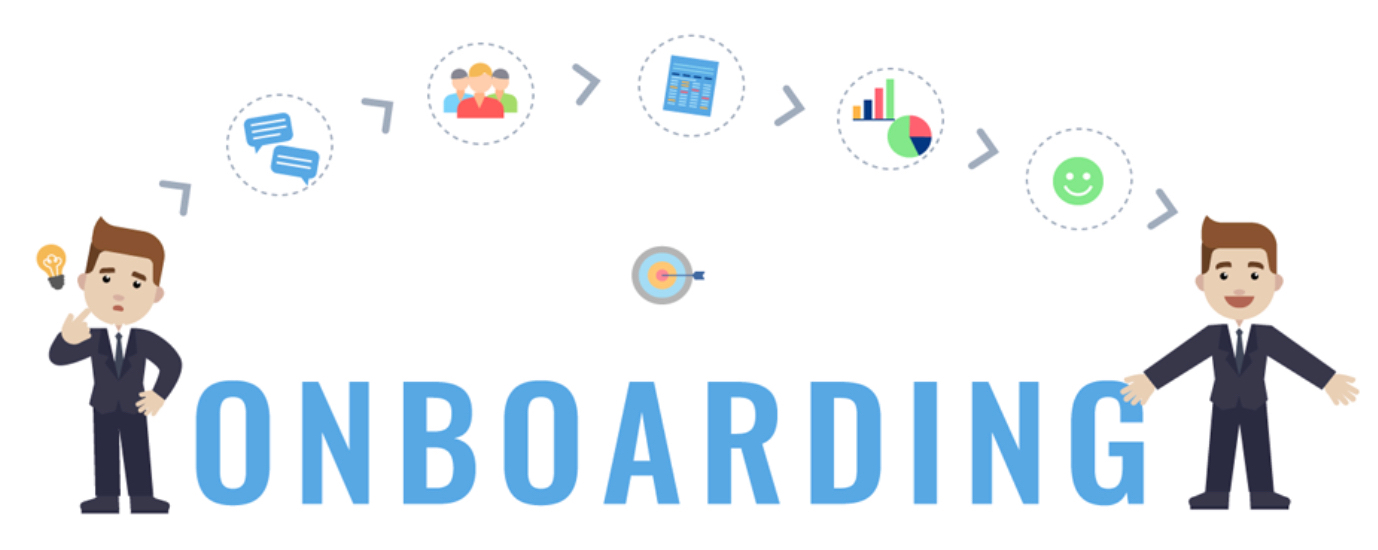What Is Customer Retention?

Silly question, right? Customer retention simply means holding onto your existing customers. The problem is, however, it’s not always a simple process to identify, understand, measure and improve the rate at which you retain customers.
In the SaaS and subscription business (our focus here at Akita), your rate of customer retention can be the difference between failing completely and being wildly successful. In traumatic economic times, when acquiring new business is hard, companies that hold onto their customers and even grow their customer revenues, are the ones that survive and thrive.
So, if you want to learn how to improve your retention rates and (by implication) reduce your rates of customer churn and, even better, start to grow the revenues you earn from existing customers … read on!
How To Calculate Your Customer Retention Rate?
So, what is the customer retention rate(CRR)? It is a measure that shows the percentage of customers a business has kept over a certain time. To calculate it properly, follow the next steps:
- The first step in obtaining the precise metric is determining the exact timespan you wish to examine. Many companies calculate the customer retention rate on an annual, or monthly basis, but you can adjust the time frame to your preferences.
- Then, sum up the number of customers that you already had at the start of the given timespan.
- Now, subtract the number of new customers that you obtained during that time.
- Divide the result by the number of customers you had at the beginning of the period.
- Finally, multiply it by 100 to get the precise percentage.
So, let us give you an example that simplifies the customer rate calculation process. Let’s say a company had a hundred customers at the beginning and the end of the period. During this time, they lost ten but obtained the same number of customers. This is how the number stayed the same throughout the period. The customer retention rate in this case would be 90%, while the churn rate (the percentage of customers who left the business) would be 10%.
This points out that if a company relies heavily on customer acquisition (obtaining new customers) instead of customer retention to decrease churn, it may lead to even more churn as customer loyalty and LCS (lifetime customer value) are not increasing.
Why Is Customer Retention Important?
Besides increasing the revenue through recurring purchases, existing customers also serve as an effective word-of-mouth marketing engine through reviews and referrals.
Customer retention analytics show you who the most loyal customers are, which allows you to reward them or act immediately if you notice an undesired change in their behavior.
By tracking the customers’ activity, you can predict and possibly avoid churn by implementing adequate strategies that will prevent them from turning to competition. With customer success platforms like Akita, you can monitor and review customer data at any point and get visualized metrics within seconds. Then, you can segment customers into cohorts, and create a unique approach for each of them. By automating your customer success workflows, you show that your customers’ time and interest are highly valued, which can further affect customer experience positively.
Finally, the flaws in the customer retention strategy are easier to detect when you have an in-depth knowledge of your customers’ behavior. Based on the given analytics, you can modify its structure along the way and never repeat the same mistake twice!
Ways To Visualize Customer Retention
We answered the question of what customer retention means, but let’s look at the type of metrics used in retention analysis.
- N-Day Retention measures the number of customers who come back to a service or product after the first purchase on a specific day. The higher the N-Day retention rate, the higher the possibility of improving retention.
- Bracketed Retention is like N-Day retention but with customizable options. Besides splitting up the measurements into specific time frames, you can categorize customers based on their gender, age, or any other trait that you find crucial.
- Unbounded Retention shows the percentage of customers who returned to your product or service on a specific day or any day after that one. This retention rate is mainly tracked by companies that don’t expect their customers to use their products every day. It is often referred to as the inverse of the churn rate.
Key Customer Retention Metrics
Tracking and analyzing the right metrics can determine the outcome of your customer retention strategy. Here are the key ones each business should take into consideration:
- The customer retention rate measures the percentage of existing customers who stay for a specific period.
- The customer churn rate is the opposite – it shows the percentage of people who left your business in a specific period.
- Revenue Churn refers to the percentage of MRR (monthly recurring revenue) your business lost over time. This metric calculates how much money you have lost during a given time frame.
- Customer Lifetime Value (CLV) refers to the profit a business gets from each customer throughout their time with it.
- Repeat Purchase Rate shows the percentage of customers who made repetitive purchases after the initial one.
Methods To Improve Customer Retention
Having a more human-centric approach to your customers makes them feel heard and valued. This is why offering rapid but tailor-made customer service is crucial. So, what is retention in customer service? It mainly refers to being able to resolve any issue on any device or in person as fast as possible, but also showing regret if the customer feels their needs haven’t been met.
Getting and analyzing feedback from your customers via surveys can help you enhance the customer experience. This is how you’ll learn more about them and adapt accordingly. Communicating with your customers is a great way to learn about the vulnerable points in your business strategy as well.
The privilege of having a loyal customer is earned through patience and hard work, so showing appreciation will only strengthen the bond. Anything from VIP membership, giveaways, or personalized offers can serve as a reward for customer loyalty.
Eliminating any disruptions when a customer wishes to purchase your product is what you should constantly aim for. Besides ensuring a fast page load time and responsiveness, which are both a must, facilitate the signup and mitigate the risks of customers feeling overwhelmed.
Finally, create exciting loyalty programs that will encourage existing customers to purchase more frequently.
Tools for Improving Customer Retention
CSPs (Customer Success Platforms) are the newest breed of software designed to help manage customer retention. CSPs (like Akita) give you the ability to pull all of your customer data into one place and ask questions of the data that can help manage customer health, identify churn risk and manage the customer journey. This enables SaaS companies to understand their customers as never before, intervening when required based on changes in profile, journey or behavior to optimize the customer relationship for retention.
Akita Churn Risk Segment
CRM (Customer Relationship Management) systems are a great tool that allows you to create a personalized synergy between your business and the customer. Every element from customer support and marketing strategy to purchase process and loyalty programs can be adjusted within the platform. By integrating CRM with customer success software like Akita, you will get a full 360-degree of your customer and never doubt your next marketing effort.
Customer Service and Support software usually includes live chat, a help desk, chatbots, a ticketing system, and many other features that can bolster customer experience.
Customer Feedback Tool serves as a great communication facilitator. It allows you to automate responses to customer feedback and show them that you care about how they perceive your business.
Frequently Asked Questions
Is customer retention important for ROI?
Yes! It is much easier and cheaper to increase revenue through existing customers than new ones. You will most likely sell your product or service to a current customer who will, if satisfied, spread the good word. To retain an existing customer costs less than acquiring the new one.
Can you give me an example of the key customer retention survey questions?
The most common ones include – Where have you heard about our product or service? How would you rate it? How satisfied are you with it? Always ask about the aspects of both positive and negative experiences, and finally, how likely are you to buy or recommend our product or service?
How can I reduce customer retention costs (CRC)?
Make sure to segment customers from the very start, improve the onboarding process, use all the tools you can think of to communicate to your customers (tutorials, guides, training sessions…), and get a better understanding of your customer needs by soliciting feedback!





